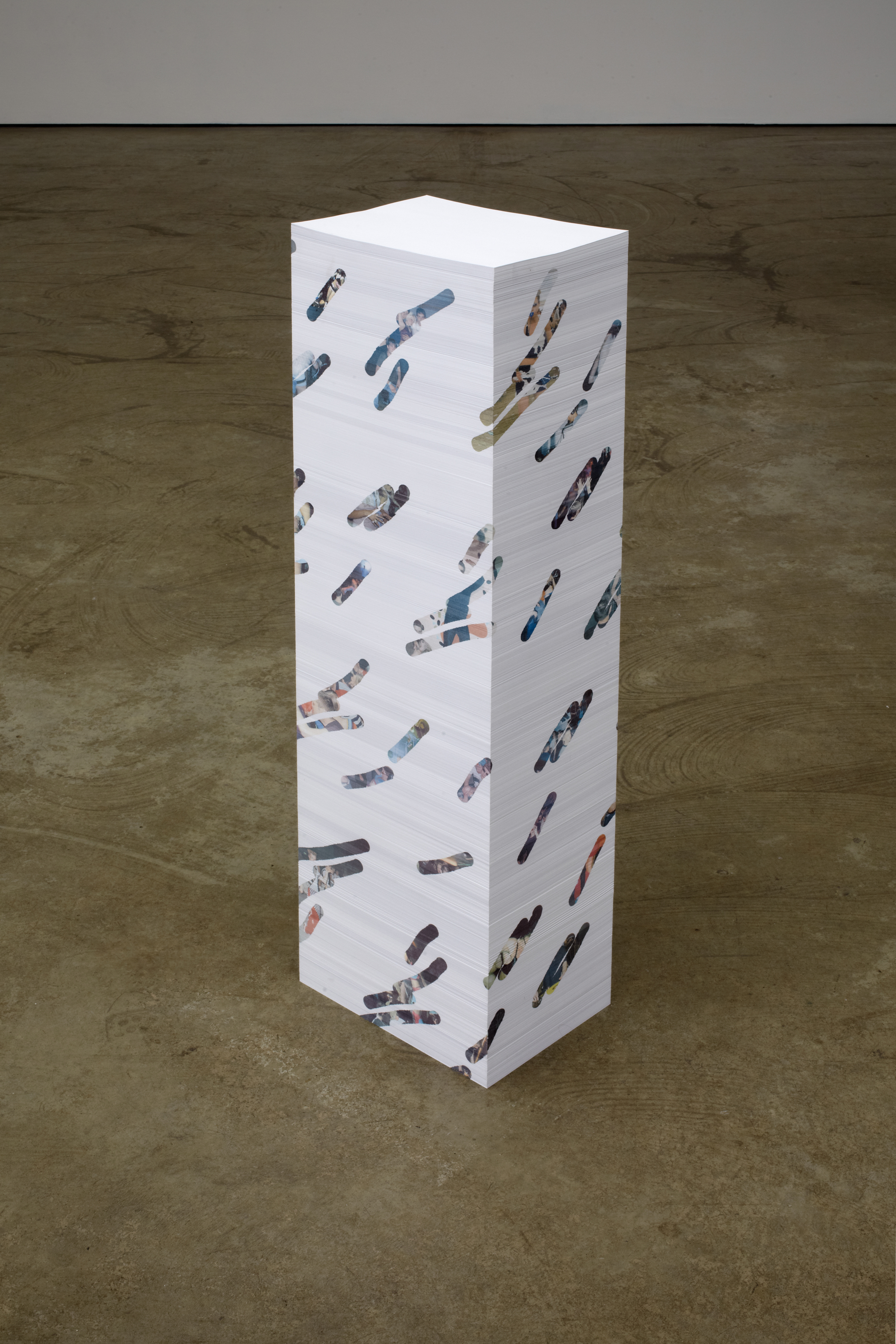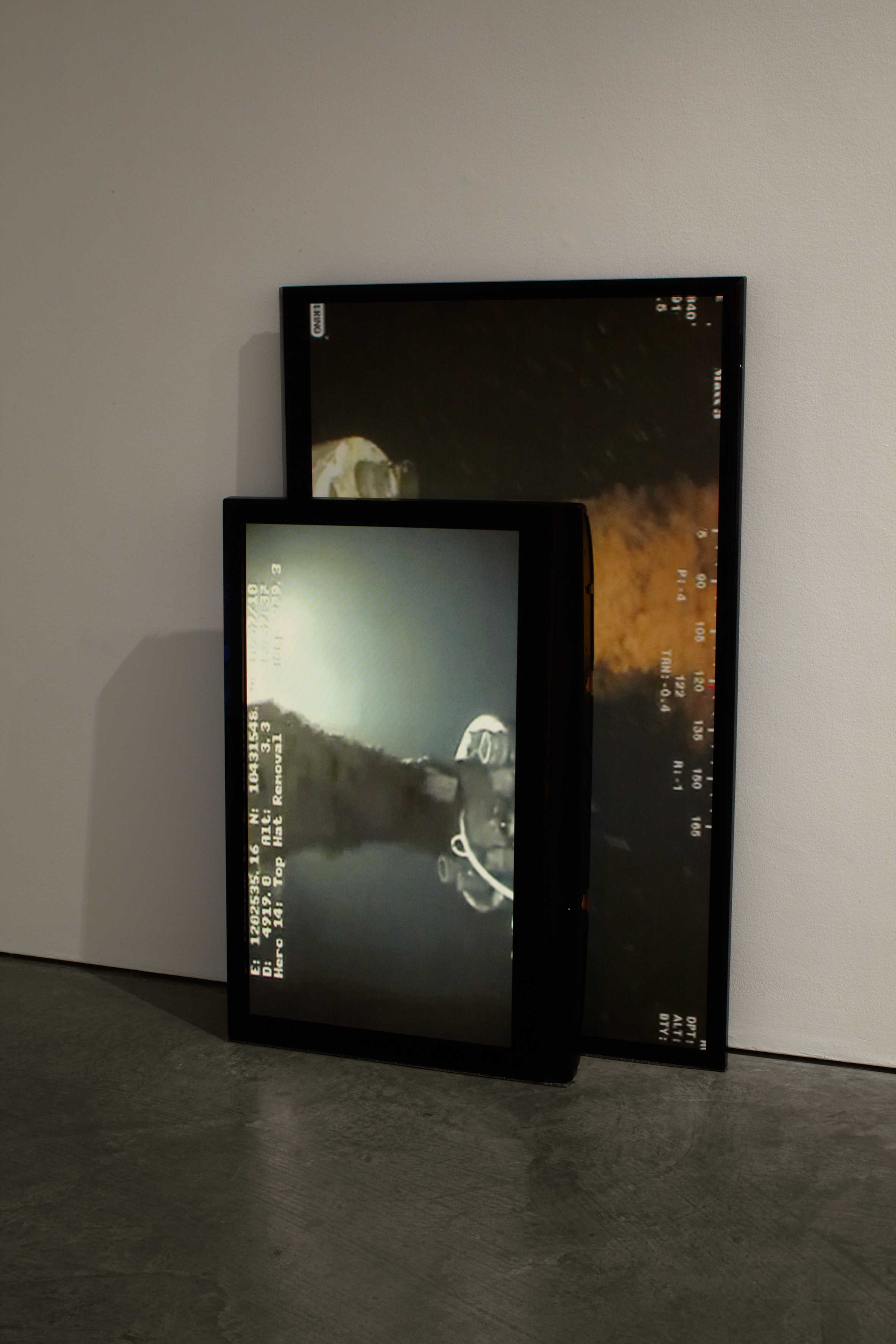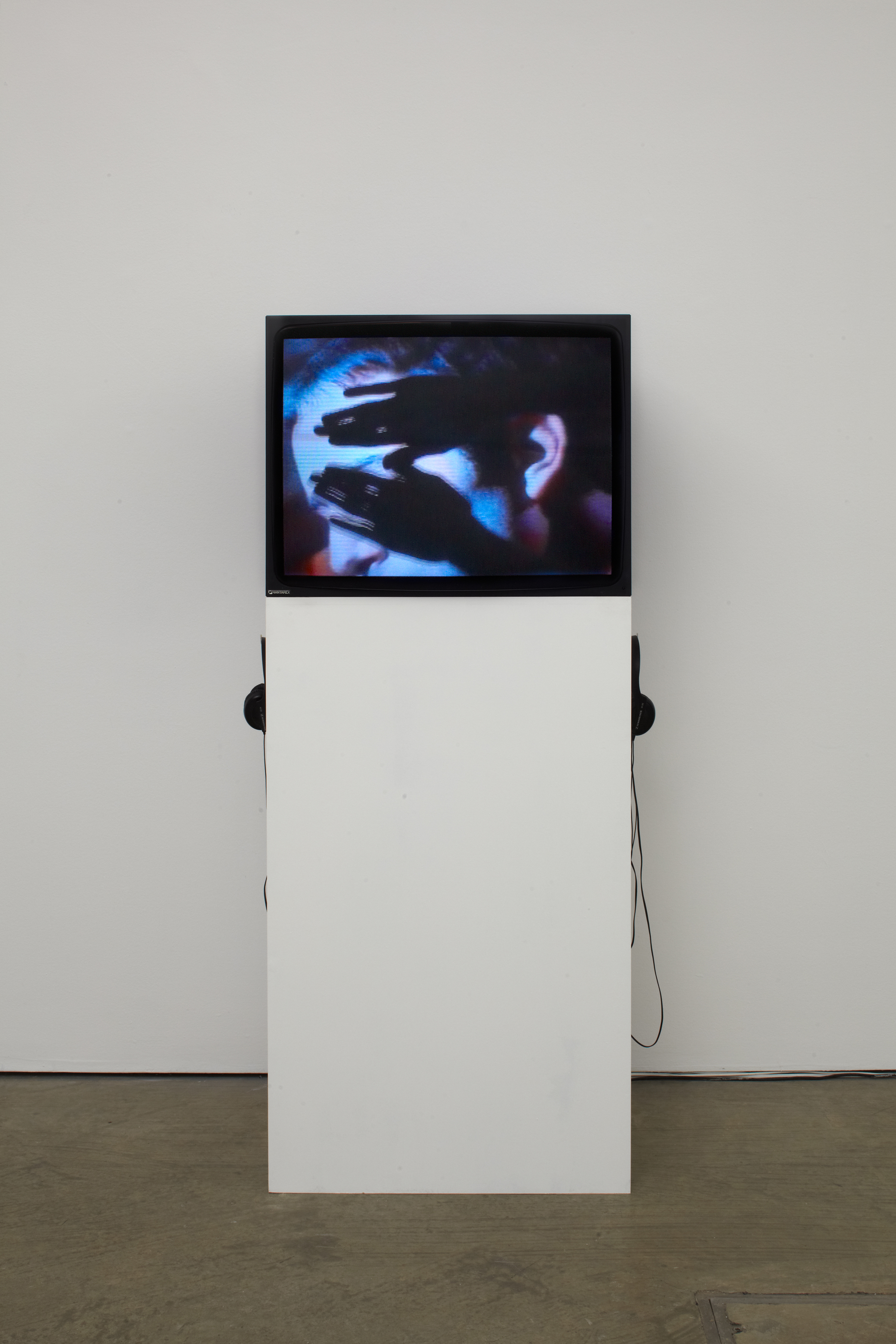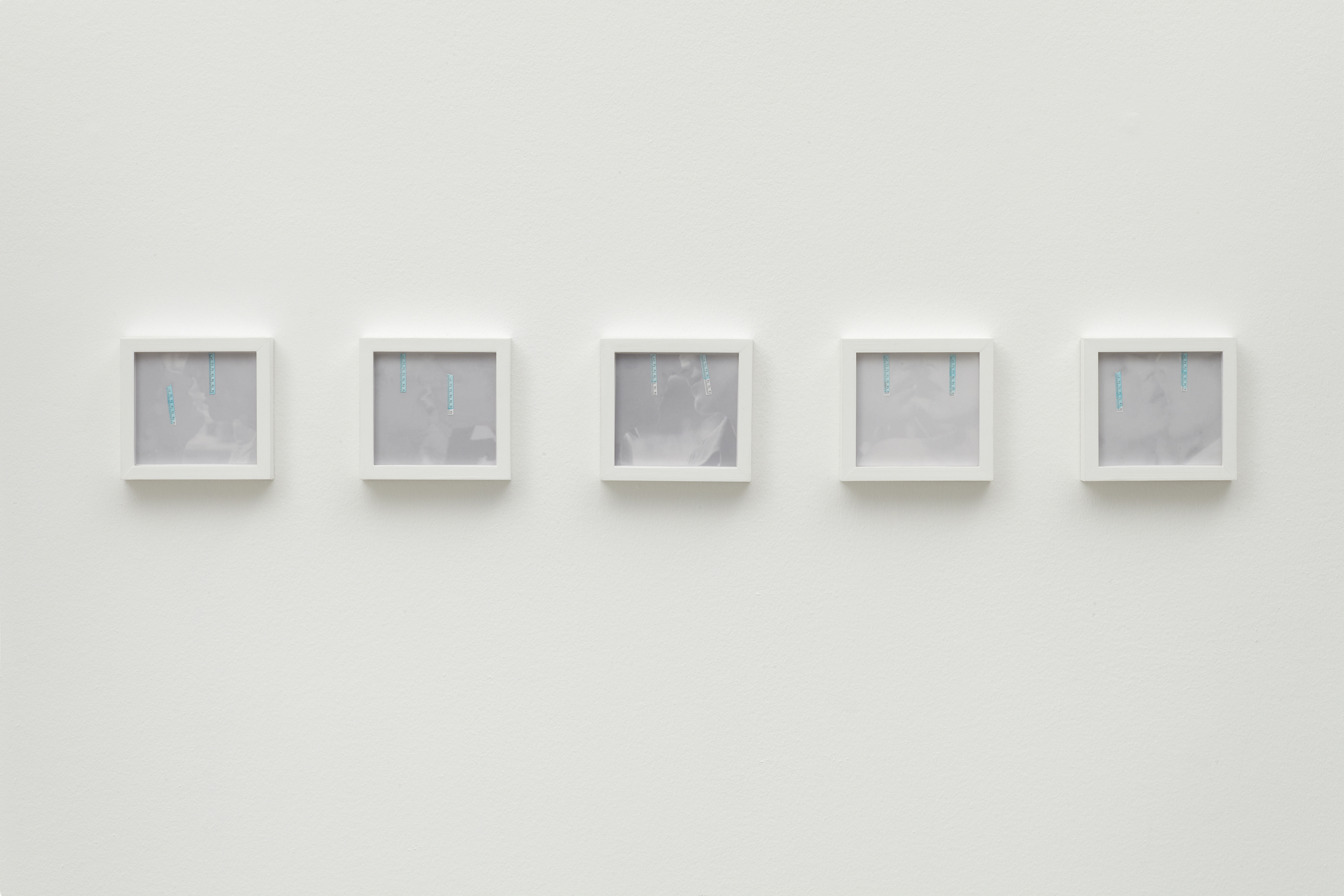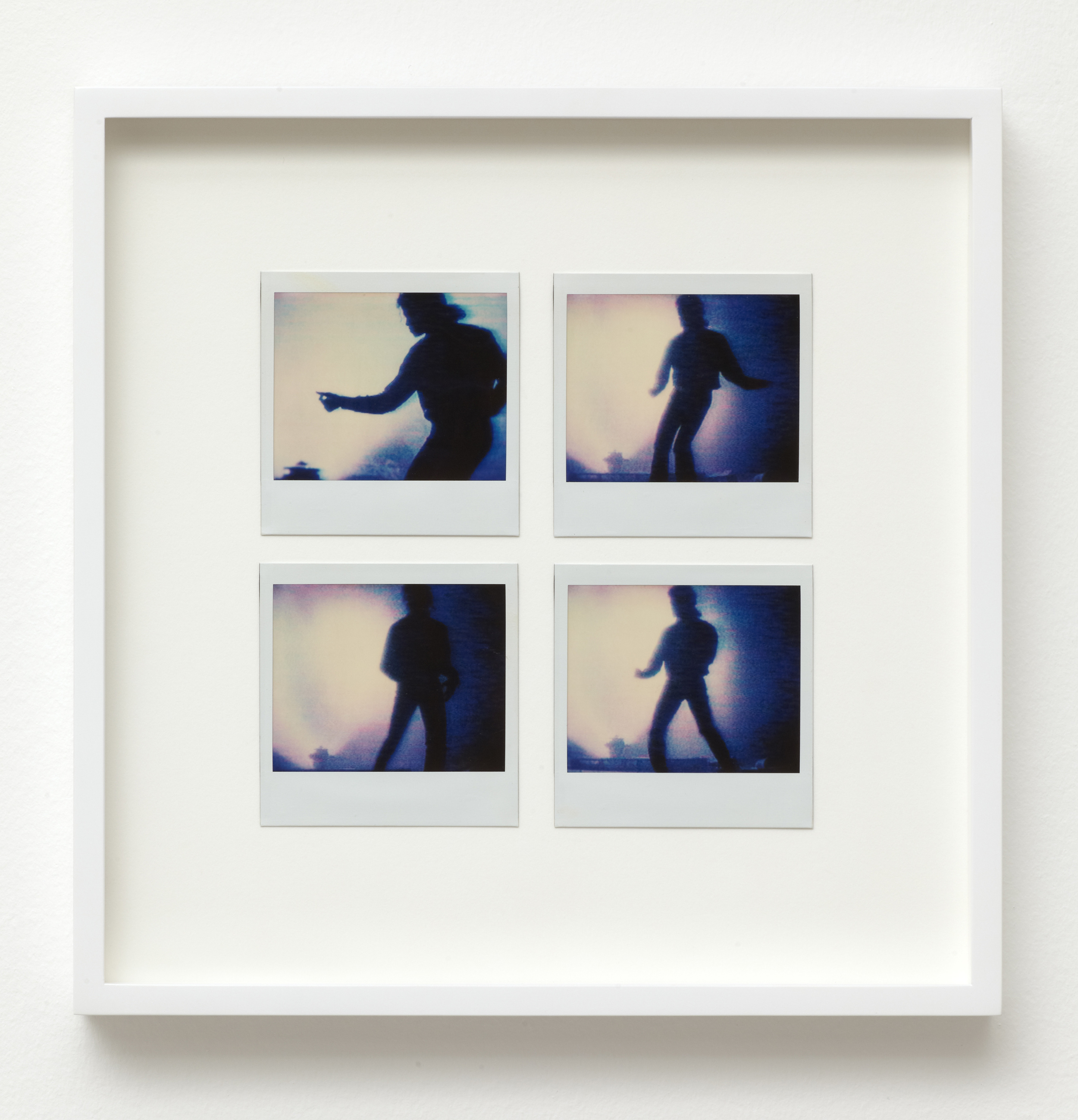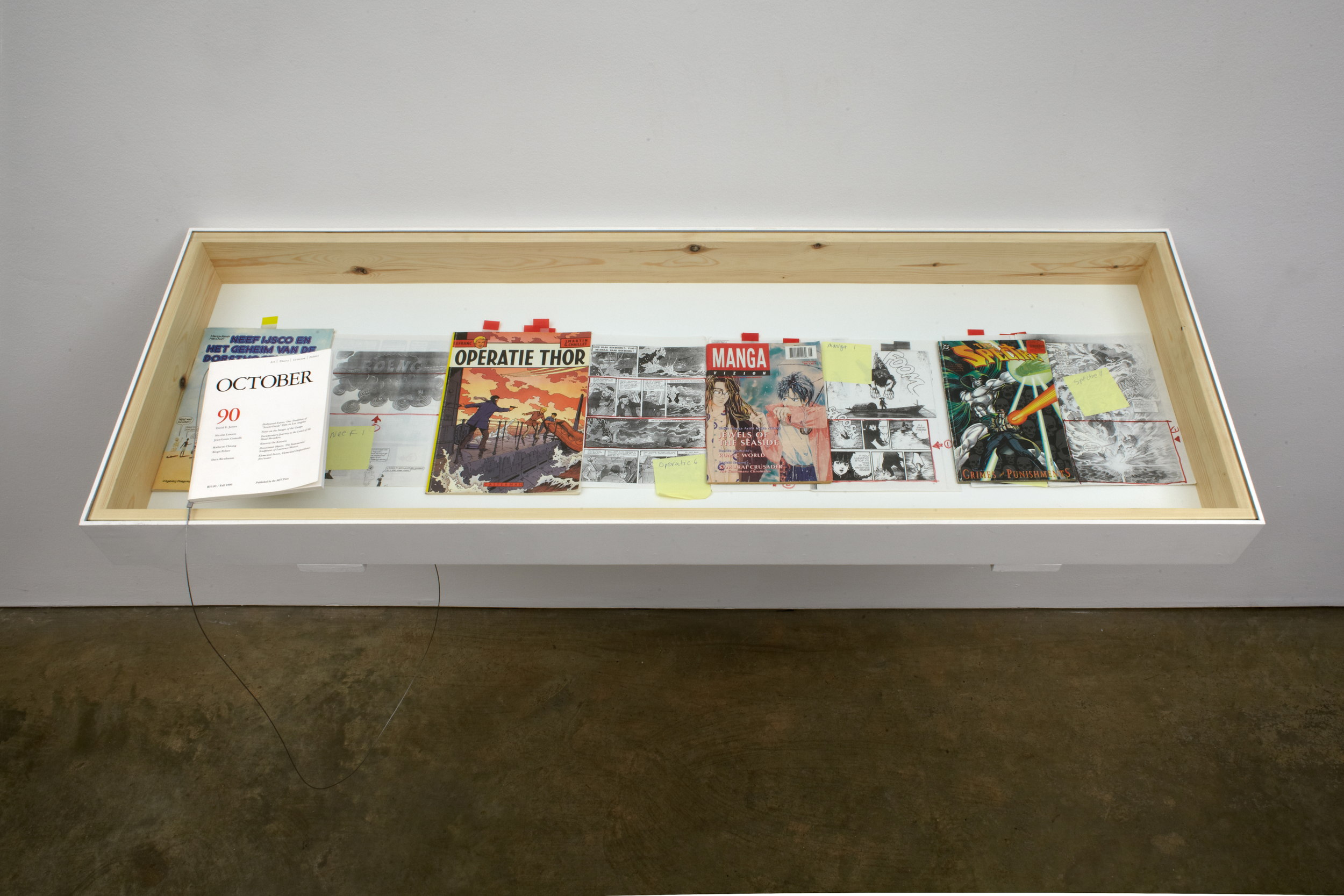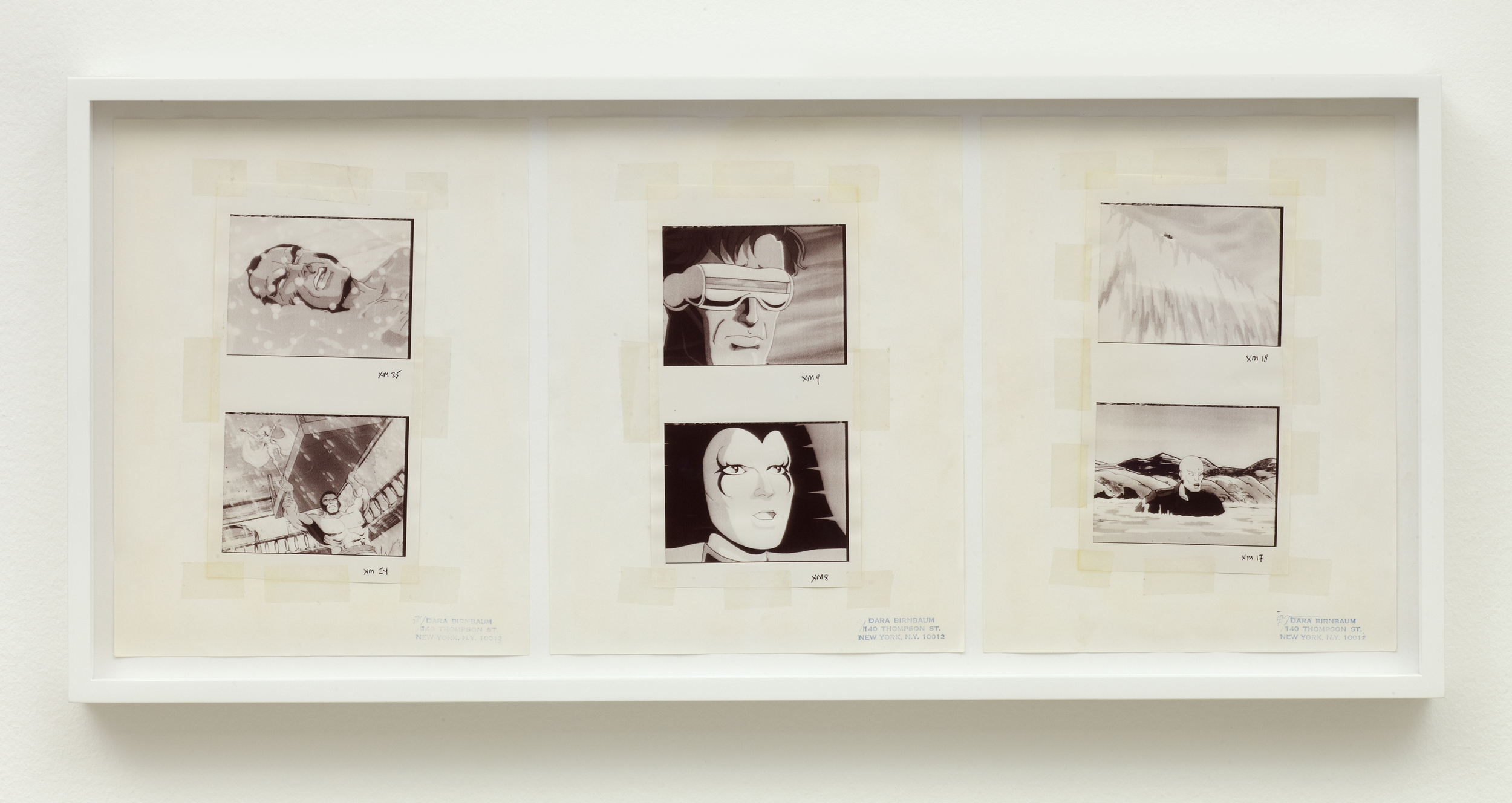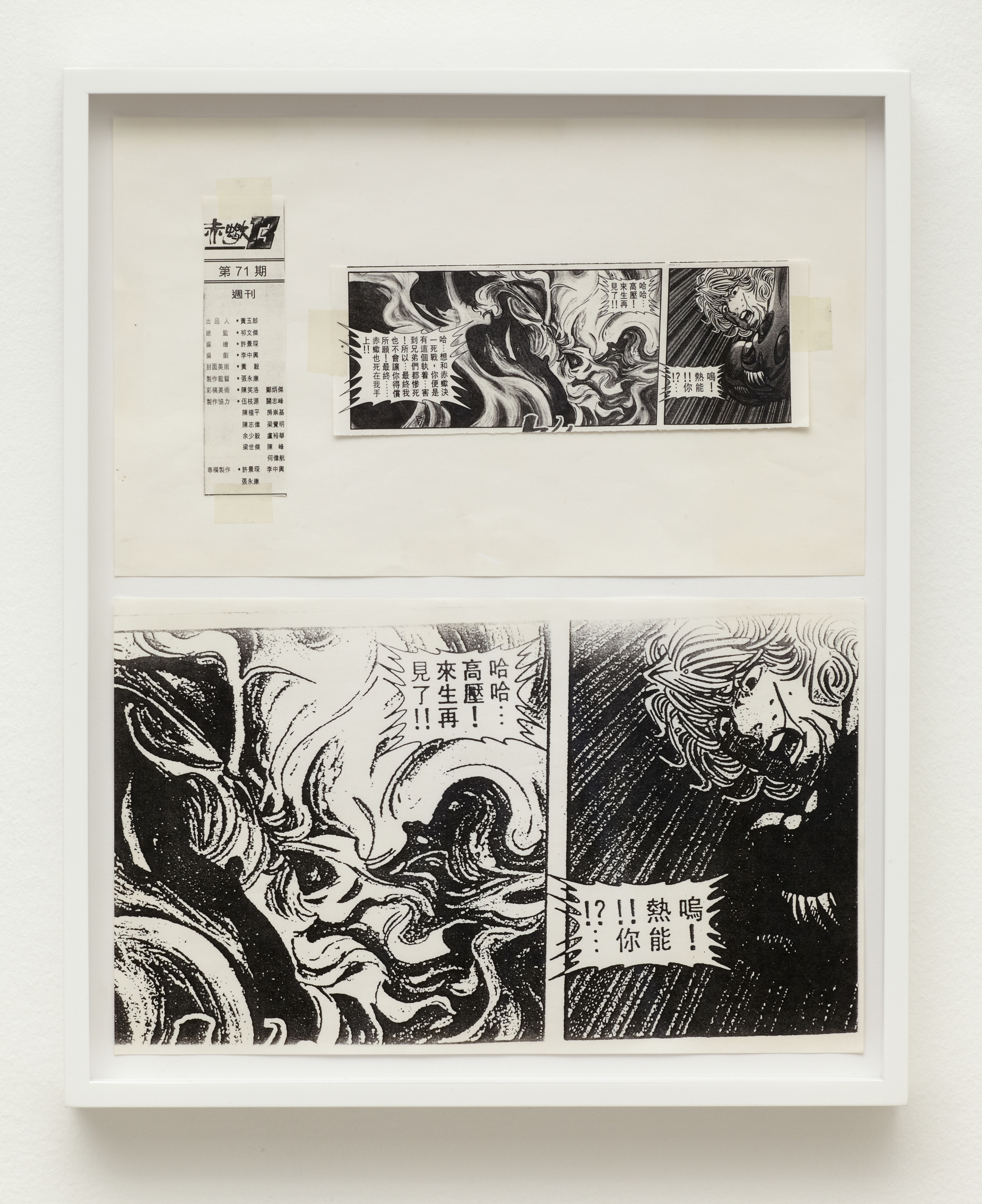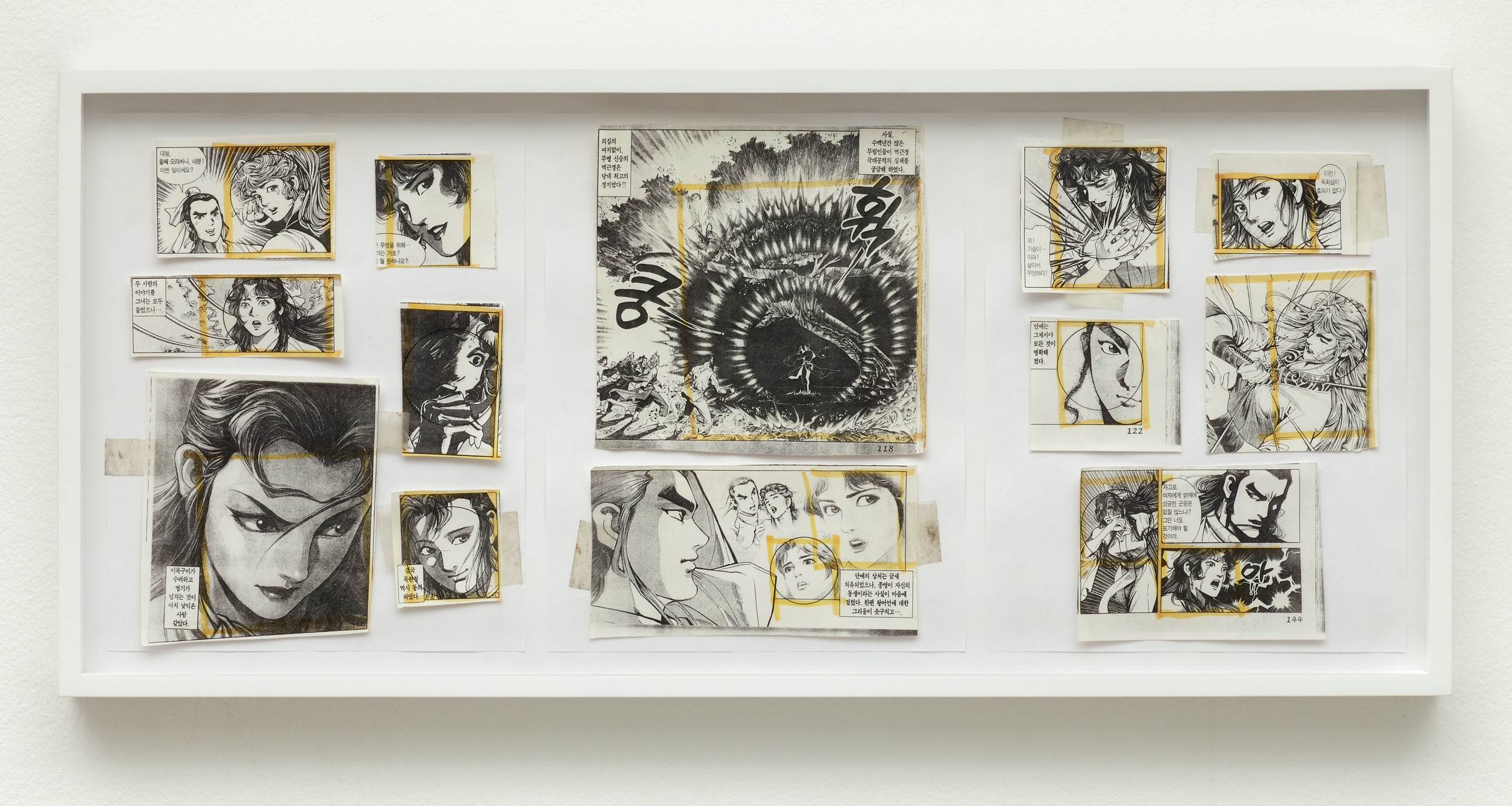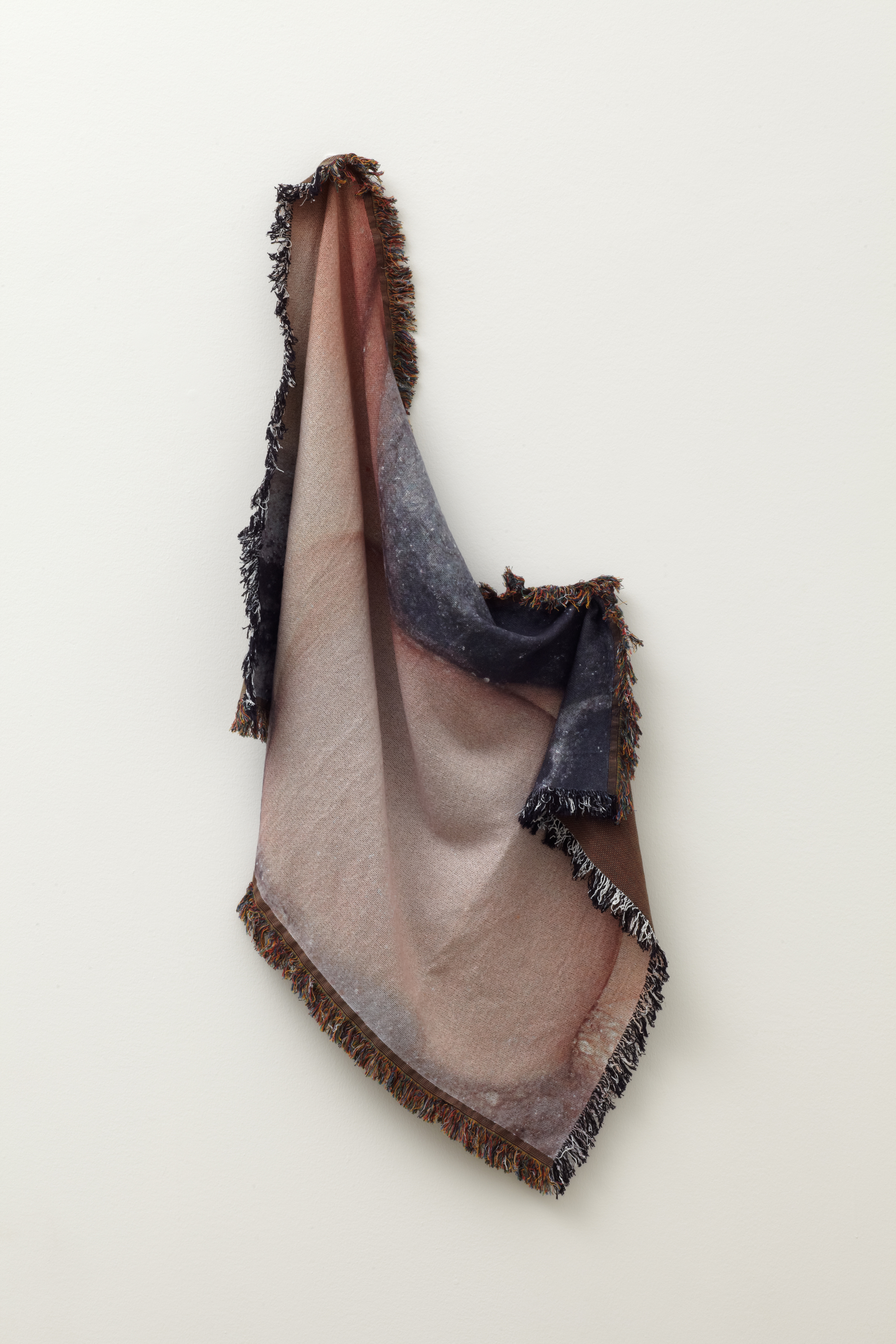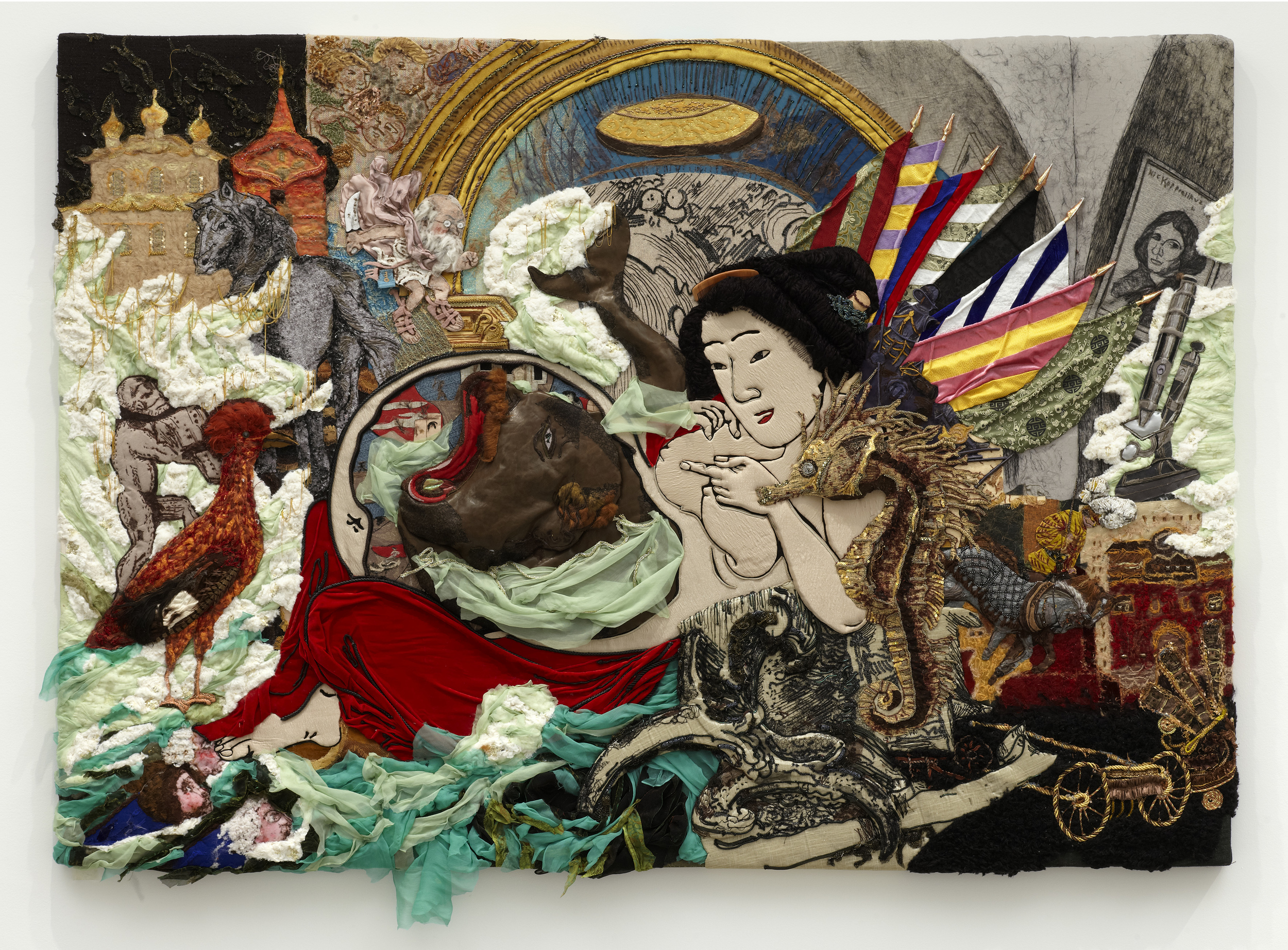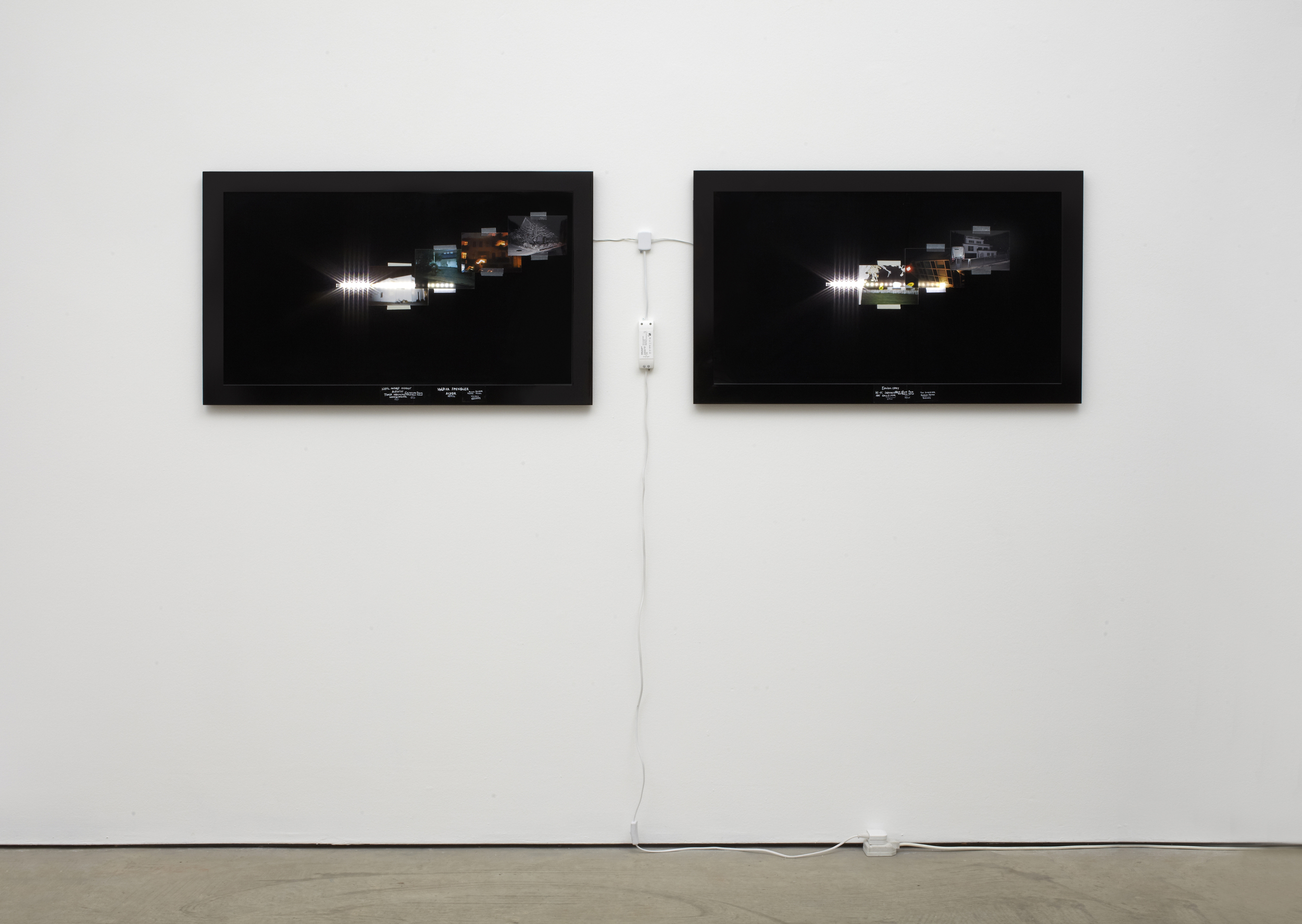How to Eclipse the Light
Wilkinson
6 September – 5 October 2012
--
There’s fruit and there are beasts.
I watch the others collect low-hanging fruit, plentiful and buoyant with flesh.
I find a young breast in my palm while wresting the fruit from its branch.
Cousins of the lotus, the trees in our orchard are popular and well liked.
They speak Adorno and Kant. We eat their fruit. It cloys slightly, remains assertive on the palate.
The trees speak well, their produce easily digestible.
We’re hungry but can only find this fucking fruit.
--
An undergraduate philosophy professor of mine once introduced me to a term of her own invention, which was borrowed, secularized and bastardized from Kierkegaard. She referred both to herself and to a young, perennially frightened me as “knights of secret inwardness.” These knights answer to no lord or sovereign, nor do they service a military. The plight of this knight is to know thyself, to embark on a quotidian exercise of self-awareness and critical reflection. It’s either the lingering effects of mental illness or the privilege of sharp mind that forces knights to plunge daily into the darker shores of reality. Knights, on the rare occasion they meet another of their own kind, intuit a bond uniting themselves in their routine terrors.
It’s these knights that make the most penetrating artists. They teach us not theoretical precepts about life, but the effects of life upon us, and how to live. To know thyself is also to know the world and how it impresses upon us, and how to balance critical distance from it. Perhaps nothing bears a firmer grasp on our psyche than that of technology and mass media, and perhaps no one more brazenly relates the rapidly evolving effects of such on our collective wills than the artist Dara Birnbaum.
Birnbaum, having “cracked the code” of television, as it has been termed, acts as a preeminent influence on younger generations of artist-knights grappling with the effects of new media. Extending over three decades, Birnbaum’s legacy begins with her elucidation of modes of representation in the one-way address of television at the time when it was thought to be an unmanipulatable medium. Subsequent generations of artists have concerned themselves with reflecting upon the simultaneous democratizing and confining dimensions of the internet—itself a (at the very least) two-way mode of address—through both digital and material means. This so-called “post-internet” task, once both ineffable and taboo, has now almost come into vogue. Our questions remain: How do we maintain an objective distance from new technology when it endures as omnipresent in our lives? How do we digest and eclipse the indomitable force of mass media?
The phrase “How to Eclipse the Light” speaks to the ability of the artist to turn new technology upon itself, appropriating the content and architectures of video, the internet, and other new media in order to strike at the core of their gravity through their own parlance. The title’s instructional tone both pays homage to and explicates Birnbaum’s pedagogical approach: She walks us through and reveals. In addition to Birnbaum, the artists comprising this exhibition—Cory Arcangel, Bernadette Corporation, Simon Denny, Aleksandra Domanovic, Cecile B. Evans, Ilja Karilampi, MadeIn, Kate Steciw, and Pamela Rosenkranz—represent varying locales and generations. Each of them knights in their own right, these artists evince what it means to be human in a digital society—to grope toward knowing, no matter how blinding the light.
--
I leave to gather in the orchard and cross paths with a beast.
I kill him.
His hot breath stains my hands. I’m trembling. Not just with fear, but with the knowledge that I am a hunter.
Self-acceptance is the first step toward growth.
We are also beasts.
I believe actions speak for themselves.
Press and links:
Art Monthly review by Laura McLean-Ferris
